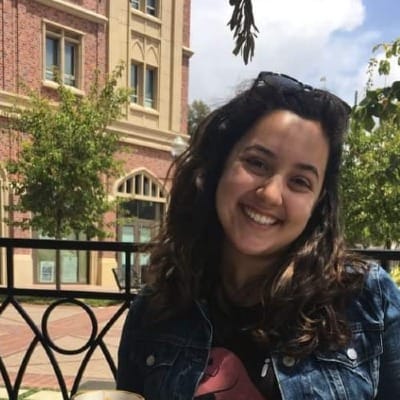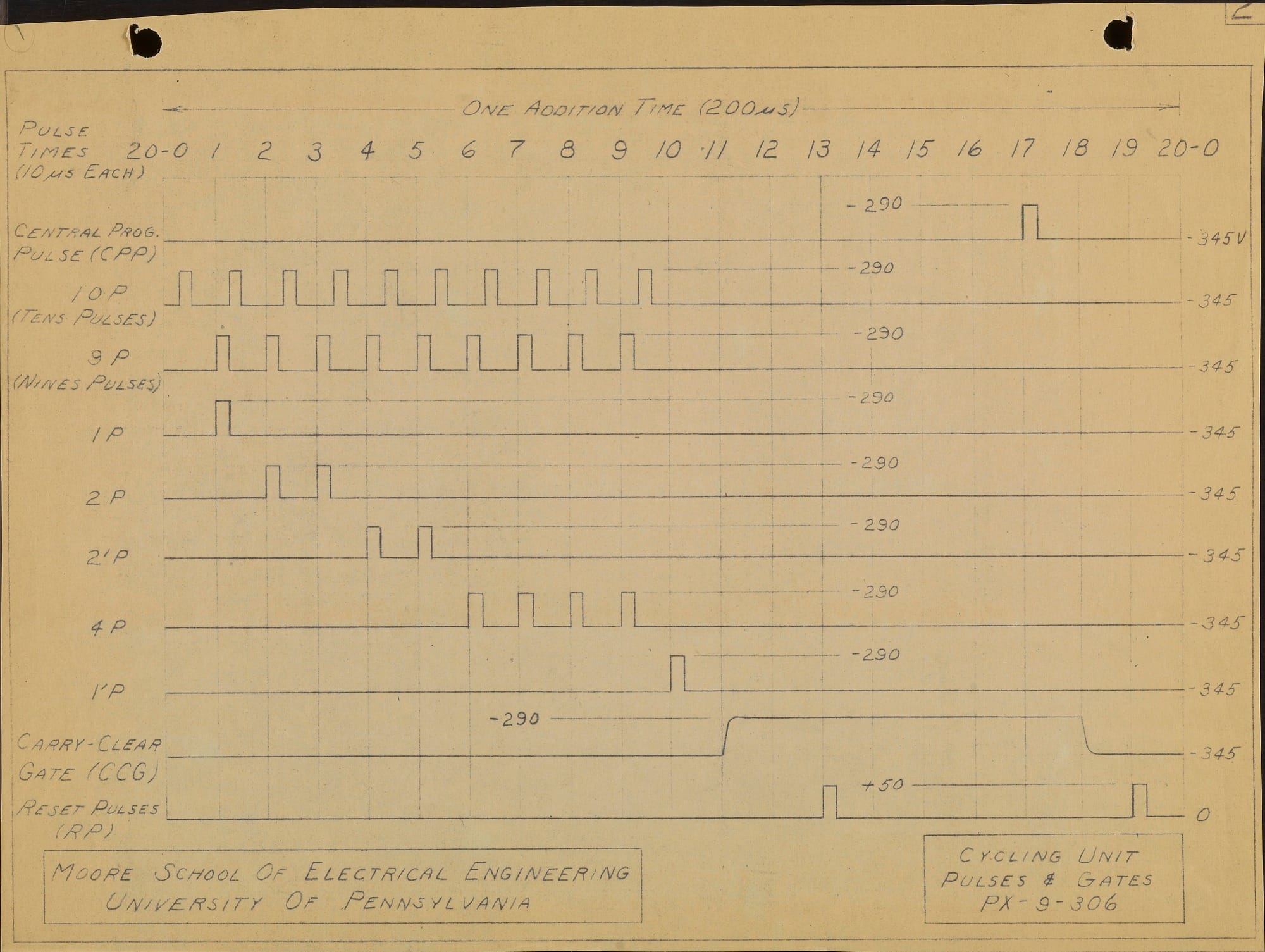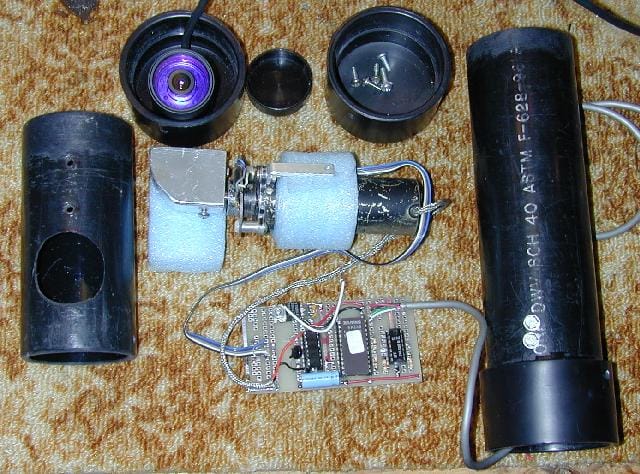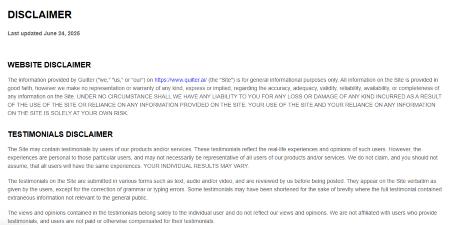Engineering Is an Art: Hardware Interview with Carolina Hubbard
The best engineering begins in conversation, tolerates ambiguity, and ends in something that works for someone who isn’t you.

Most people think of engineering as logic, precision, and constraints.
Carolina Hubbard sees something more.
“Engineering is kind of its own art,” she told me. “You just change the medium. Instead of paint or pencil, you work in metal, plastic, and wood—and you create.”
Her experience backs that up. From animatronics at Walt Disney Imagineering (WDI) to carbon fiber reinforced 3D printing at Markforged, to robotics R&D at the Robotics and AI Institute, Hubbard has built machines that are both technically sound and deeply collaborative.
Her work reflects the mindset I’ve been calling Hardware Rich Development. It blends fundamentals with judgment, context, and broad interdisciplinary thinking. Where products are increasingly complex and timelines are tight, this mindset is becoming essential.

From Imagination to Integration
Hubbard’s first job out of college was designing animatronics at Walt Disney Imagineering. “Every project had a dozen disciplines involved,” she said. “You had the creative team, artists, storyboard writers, structural engineers, architects, mechanical engineers, and more. Everyone touched the same thing.”
She quickly learned that engineering success relied on communication. “For instance, if someone said, ‘Let’s throw the Tower of Terror into the air and catch it again.’ Our job was to explain why that isn’t possible. Or at least, what it would take to make it possible.” Notably, both encouraging the generation of the idea, as well as discussing the feasibility of the idea is an ongoing conversation.
She laughed. “We sometimes called ourselves the dream crushers, but really we were the ones saying, yes, but… here’s the cost, the risk, the reality.”
Over time, that habit of working with non-engineers helped her see design differently. The challenge was not just to build something functional, but to make sure it fit within a shared vision. That meant learning to translate technical risk into understandable tradeoffs.

Crossing Disciplines Isn't Optional
As her career progressed, Hubbard became more vocal about the need for engineers to speak beyond their domain.
“If you build something without talking to the electrical engineer, they’ll come in and say, where am I supposed to run this cable? The buttons won’t get power. The firmware won’t work. And now your mechanical design has to be redone.”
She’s seen this siloing happen everywhere, and believes it creates unnecessary waste. “You don’t need to become an expert in another field. But you need to know enough to have a conversation in someone else’s language. The physics are often the same. It’s the vocabulary that changes.”
That cross-functional mindset became essential in her next roles, especially in faster-paced, higher-risk environments.
Redefining Product Specs
At Markforged, Hubbard helped develop the FX10 printer. That environment relied heavily on a PRD—a product requirements document. “Everything was tied to it. Every design decision had to justify itself against the spec. If something didn’t match, either the design changed or the document did.”
She described it as exacting but clear. There were deadlines, budgets, and customer expectations.
That experience helped her later, when she joined the Robotics and AI Institute. Unlike Markforged, the Institute doesn’t sell a product. It’s a research environment driven by questions rather than markets.
“You’re not working toward a launch or a client. You’re asking, can we do something new?”
Talking through projects, Carolina notes about dynamic considerations like the mechanical ability to jump or the constraint of unique surfaces in environments. For instance, she spoke about figuring out what exactly counts as a table from an engineering mindset: what height, what surface? Where the test would be done.
In order to evolve these projects from idea into prototyping, it became necessary to narrow in on details rather than broad concepts. “It’s never just ‘what’s possible,’” she said. “It’s what fits in this environment, with this space, using these resources.”
Sustainability and Realism
Hubbard doesn’t shy away from the environmental impact of engineering either. “AI isn’t a green technology,” she said. “It uses a ton of energy and water. That has to be part of the conversation.”
That said, she’s worked in places that took sustainability seriously. At Walt Disney Imagineering, material selection and safety testing factored into broader company-wide efforts. At the Robotics and AI Institute, sustainability shows up in practice. PLA used for prototyping is recycled. Metal scrap is saved and repurposed. And design teams use FEA and simulation to make sure things are right the first time.
“You reduce waste by designing better,” she said. “Not always perfectly, but that’s the goal.”
She sees sustainability as part of good engineering. Not separate from it. Despite the iterative, sometimes wasteful nature of rapid prototyping, Hubbard carries a strong environmental awareness. Sustainability, for her, is not a marketing goal. It’s a discipline rooted in efficiency and intention.
Rather than romanticize sustainability as an innovation frontier, she frames it as a matter of respect—for materials, for resources, for time. The most wasteful machine is not one that prints support structures. It is the one that had to be remade from scratch because no one validated the first design. Engineers must understand sustainability not only as a system-wide initiative, but as a day-to-day responsibility. Good design is inherently less wasteful.
It's Never Too Late to Learn
“I don’t believe you don’t have time. You can go back and learn things at any point. It’s just a decision.”
Despite being licensed in machine design and holding a Master’s in astronautical engineering, Hubbard is still learning. She believes other engineers should be, too. What stands out most about Hubbard’s perspective is its persistent openness. She does not treat her decade of experience as a completed structure, but as scaffolding still under assembly. Her curiosity ranges from firmware debugging to the chemistry of art restoration.

“I would love to know [electrical and software] well enough to have a conversation with any other engineer in their lingo... Even though I picked mechanical for a reason.”
This attitude reveals something important: mastery in engineering is not about closure. It is about elasticity of thought, the willingness to remain a student. Hubbard’s vision of the “full-stack engineer” is not about being able to do everything, but about being able to understand everyone. Fluency in other disciplines is not a backup skill. It is a gesture of respect, and it turns silos into partnerships.
The Art Inside the Machine
Hubbard once considered becoming an art conservator. She still loves the idea of restoring old paintings. But she’s found a different outlet.
“Engineering is a kind of art,” she said again. “You’re still working with intention. With judgment. With material. The medium just changes.”
That belief—that the emotional and aesthetic side of engineering matters—is central to how she works. She sees good design not as the absence of mistakes, but as the result of careful thought, shared understanding, and iterative decisions.
In a world focused on output, Hubbard brings attention back to process. To communication. To the people who build.
Hardware Rich Development is not about making things faster or shinier. It’s about bringing rigor to imagination. It’s about working across disciplines, staying curious, and respecting the realities of the systems we operate in.
Carolina Hubbard shows what that looks like in practice. And she reminds us that good engineering doesn’t just solve problems. It makes something worth keeping. The story Hubbard tells is not about technologies or tools but rather seeing hardware design as an unfolding negotiation between elegance and usability, ambition and limits, speed and wisdom.
If you are building things, remember this: the best engineering begins in conversation, tolerates ambiguity, and ends in something that works for someone who isn’t you.
That kind of engineering is art.
Shoutout
Hubbard wanted to explicitly shoutout two key sustaining figures for her life: the employees of Natick Muffin House. In her words, “They have fantastic coffee and fantastic muffins, and B, they always seem to be super crazy busy with, like, a billion and one people. And I just want to know them to know that I really appreciate all the work they do because they make mornings all that much sweeter, literally.”
The other was her lead engineer when she worked at WDI for the Zootopia attraction in Shanghai: Stuart Calder. Of him she says, “He probably taught me everything that I know and is probably the reason why I am where I am today and I really appreciate all of his patience and time that he spent teaching me stuff and I think that Zootopia project was probably the best thing I've ever worked on so on and off.”
Thanks, Carolina, for these insights!


